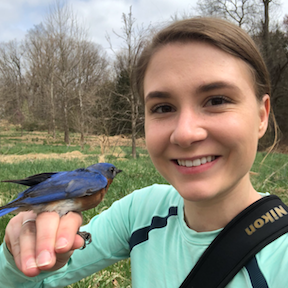Adding Women to STEM Fields Can Reduce Gender Bias and Improve the Quality of Science
Posted on Sep 23, 2020 | Comments 0

Casey Haines
For many years, there was a widespread belief that only male birds sang. But in 2014, a paper by Karen Odum, now a postdoctoral researcher at the Cornell Lab of Ornithology, presented evidence that females in many bird species also sang and that females in the common ancestors of today’s birds all sang. Dr. Odum estimated that females in 70 percent of bird species sing.
A new study by researchers at the University of Maryland Baltimore County examined a large number of bird song papers published between 1997 and 2016. They found that women are more likely than men to be authors, and even more likely to be first authors on papers about female bird song. The researchers found that women made up 56 percent of all authors on female bird song papers, compared with only 40 percent of authors of general bird song papers. Women held 68 percent of first-author positions on female bird song papers, but only 44 percent of first-author positions on general bird song papers.
Therefore, it is largely women who have reshaped this classical field of study. Furthermore, the truth about bird song did not come about until there were more women conducting research in the field. The authors conclude that a diverse group of researchers is critical for scientific innovation and eliminating unconscious gender bias. Diversity could also help build a more accurate and complete understanding of not only bird biology but other fields.
Casey Haines, lead author of the new study, stated that “I believe this paper is a great example of how diversity expands the type of research scientists are doing. Female bird song research has been underrepresented in the literature until only recently. A diverse pool of researchers may result in new questions being asked and new approaches to answering those questions.”
The full study, “The Role of Diversity in Science: A Case Study of Women Advancing Female Birdsong Research,” was published in the October issue of the journal Animal Behavior. It may be accessed here.
Filed Under: Research/Study








